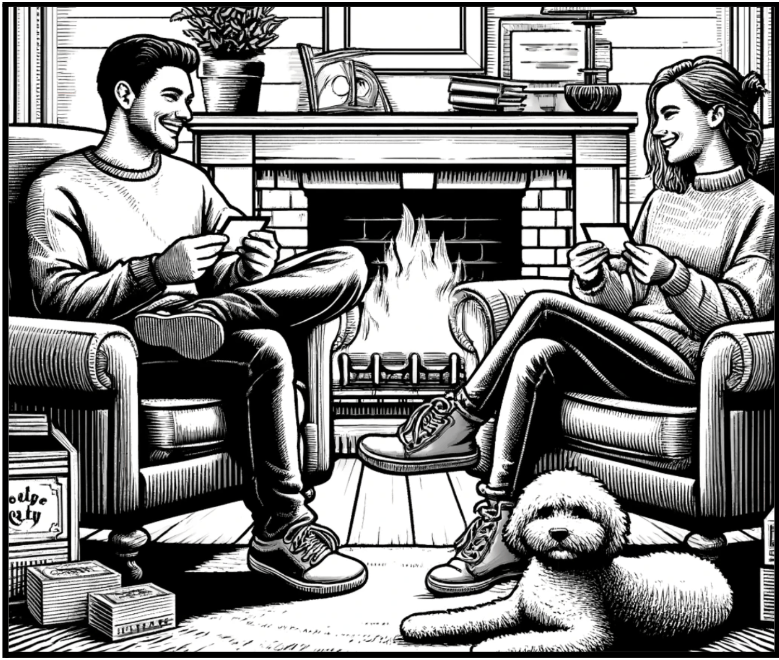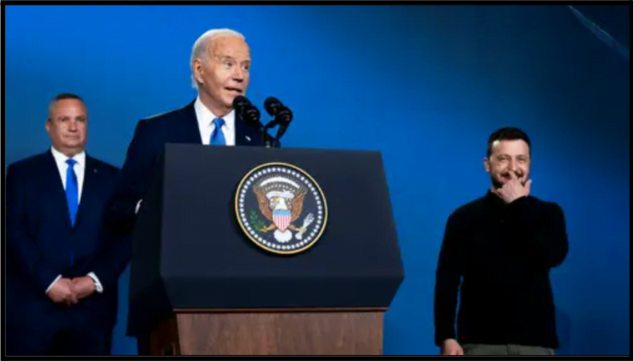Most of us use outdated and ineffective learning techniques. There’s another way that works like magic.
Talking Big Ideas.
“Play a card game – and remember anything you want for life.
~ Nicky Case
How do you remember things?
I like to underline my books and then re-read the sections I underline. I take notes in the margins and sometimes write summaries or make little mnemonic phrases or mental images. These are all classic ways to remember new stuff. I’ve been using them my entire adult life.
Yet according to Wharton professor Ethan Mollick, they are some of the worst ways to learn.
Mollick writes a fantastic Substack called One Useful Thing, where he breaks down complex research, pulls out the most important idea, and explains it in simple terms. One Useful Thing is among the best newsletters online.
I follow Mollick on Substack as well as Twitter, where he recently brought to life a meta-study on learning from 2013 that analyzed the ten most popular learning techniques.
The meta-study describes the techniques like this:
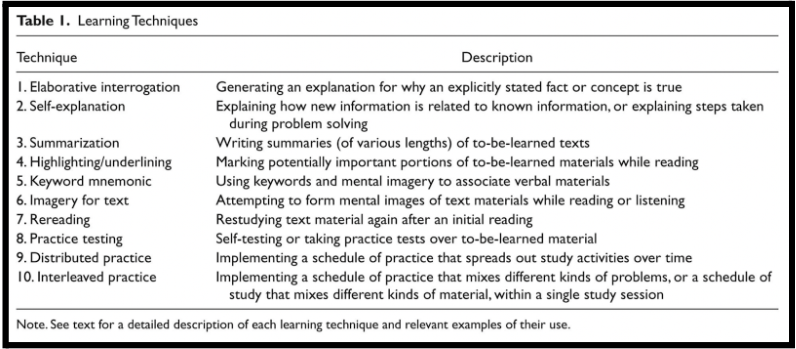
Mollick color codes them for us: green, yellow, and red. Green is the most effective and red the least:

Note what Mollick puts in red: highlighting, rereading, summarizing, and creating mnemonics and imagery. Everything I like to do!
The most effective methods are practice testing and distributed practice.
In simple terms, practice testing means quizzing yourself. The best way to do this is with homemade flashcards. You can also work with a friend or use flashcard apps like Anki, SuperMemo, and Mnemosyne, as well as AI tools like ChatGPT.
Distributed practice is a method that involves testing for short periods on a regular basis rather than cramming.
Scientific American describes practice testing and distributed practice as the “two clear winners” in learning because they produce “robust, durable results” and are “relevant in many situations.” They are “useful in a range of learning conditions, such as whether a student works alone or in a group” and “assist learners of various ages, abilities, and levels of prior knowledge.”
We can use these techniques to “master a variety of subjects,” and our efforts will “result in long-lasting improvements in knowledge and comprehension.”
Practice testing and distributed practice can be combined into a method called spaced repetition. Consider it the absolute best way to remember whatever you want to learn.
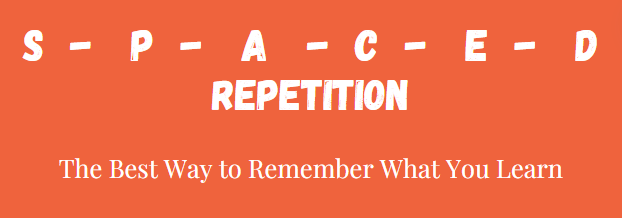
Spaced repetition reminds me of my senior year in high school when I made flashcards to learn Greek mythology. I had fun making the cards and going through them. I didn’t normally get good grades, but I aced that test and couldn’t believe how easy and effective my studying was. I used homemade flashcards throughout college as well.
Normal learning looks like this:
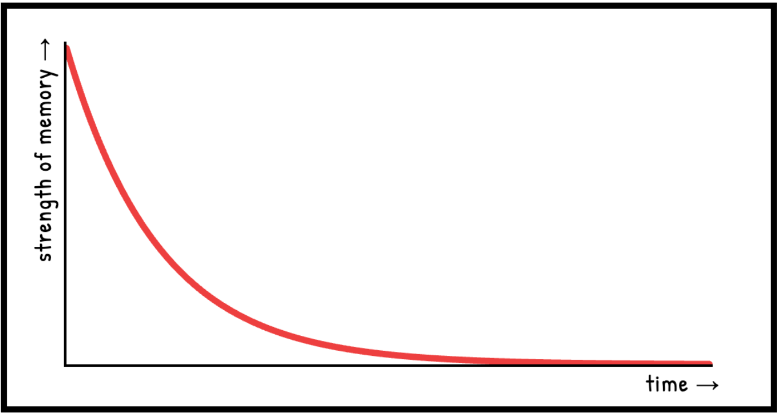
Psychologists call this the Forgetting Curve because it shows how rapidly we forget things. As my friend Margaret writes in her excellent new Substack idiomatic: “When I look at my college transcripts, I’m shocked by the number of classes in which I earned an A, yet have zero memory of ever attending.”
Ethan Mollick explains that “The Curve shows our retention of what we learn decays exponentially with time. But we can interrupt the decay!”
Spaced repetition is the key:
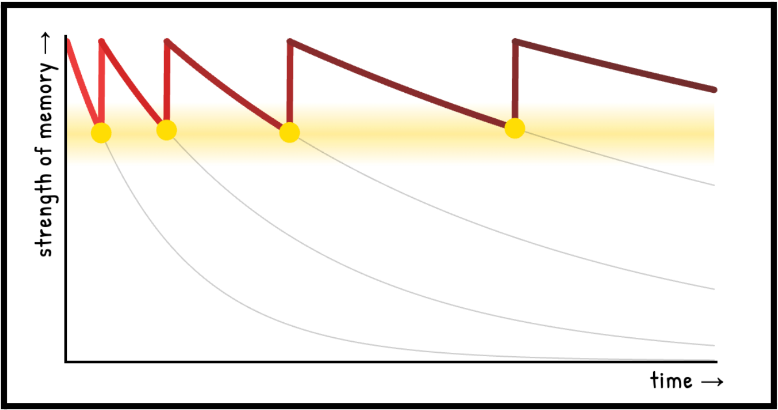
Using spaced repetition, we can store anything we want in our memory for as long as we like. It turns us into a world-class learning machine.
The two images above are from a brilliant free interactive comic by Nicky Case called How to Remember Anything . . . Forever-ish. Case walks you through everything you need to learn and apply spaced repetition.
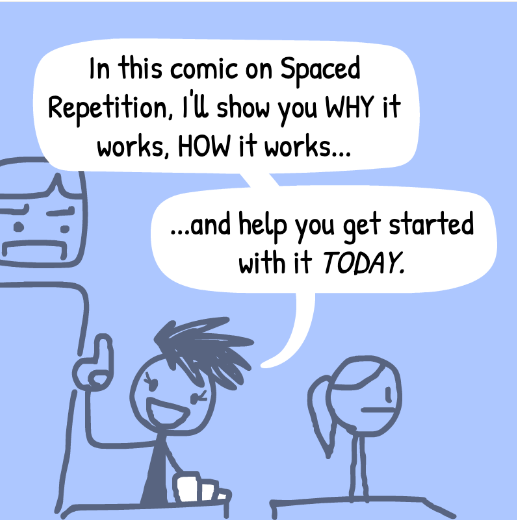
The comic is a fantastic teaching tool. I highly recommend you check it out, as the site makes spaced repetition visceral and covers far more than I do here. You’ll quickly understand how effective space repetition is and how easily you can apply it in your own life.
You’ll feel yourself learning and getting smarter in real-time.
I often talk about the importance of the skill development process: practice, embrace feedback, and iterate. Consider it a companion to spaced repetition. One builds skills and the other builds memory.
I’m committed to trying spaced repetition. I’ll still underline and write in my books, I’ll just consider it the beginning of the learning process – a way to find good stuff for my flashcards.
Let me know if you try spaced repetition as well and if you check out Ethan Mollick’s work. I’d like to hear what you think of both.
Mollick is also the author of a new bestselling book on AI, Co-Intelligence. I’m reading it now and it lives up to the hype. I’ll have more on Mollick soon.

